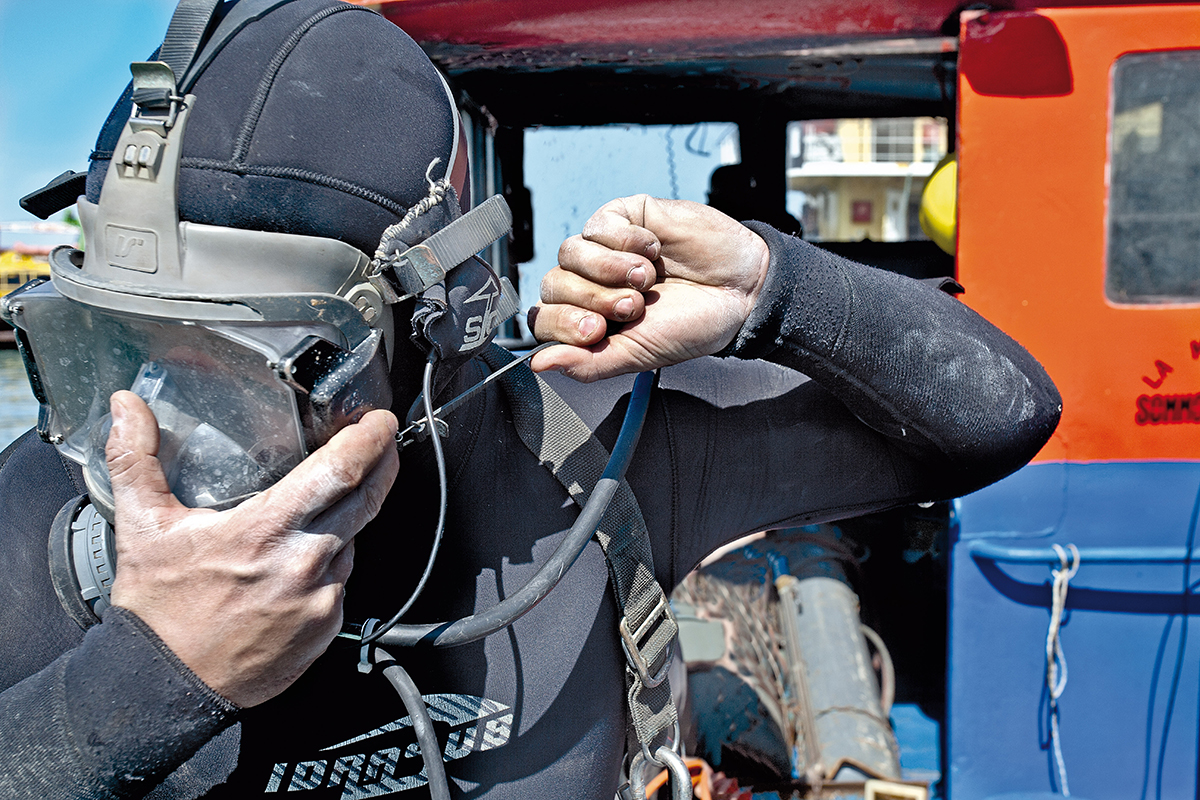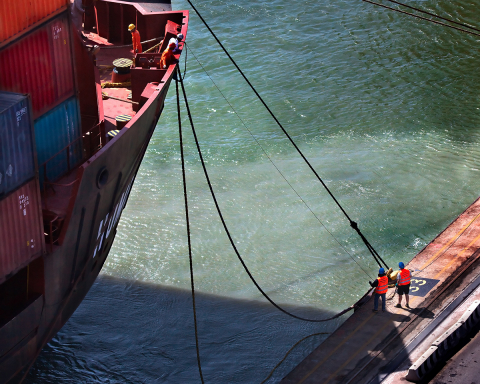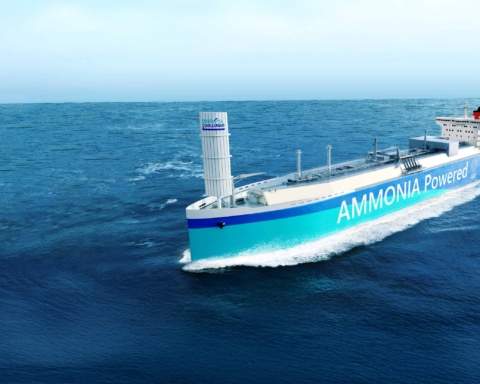Digitalisation is at the top of the agenda of the boards in most, if not all, large multinationals. In our maritime sector, this topic is also more and more at the top of the agenda. So, you as board member or digital innovator in a maritime company, are settled. Your company now has the full attention for digitalisation and serious business impact is around the corner.
Well, unfortunately NOT.
Putting it at the top of the agenda is of course crucial. The big next question is though: what’s next? How does an organisation actually make impact with digital?
Many new opportunities arise, from emissions reduction to autonomous shipping!
Let’s start with the perspective of the opportunities. The number of new technologies and opportunities that are relevant for our sector are incredible. There are the obvious ones, like autonomous shipping, predictive maintenance, sensors and IoT, logistic marketplaces, virtual and augmented reality, AI, blockchain and many more. But there is also a new opportunity area that (finally) has hit our sector: reduction of emissions.
This is actually a very interesting opportunity, first of all because it’s about saving our planet. But secondly it is interesting because it is digitally led. The reason for this is that two of our main stakeholders groups will force us to improve and demonstrate our performance. This means we will need to manage and report the emission performance of our activities.
The first group is our (end) client. Emissions reduction is a topic that is a key target for our main clients like Ikea and Nestlé. They have both set target for 70% to 100% reduction of emissions. For these companies to actually achieve their sustainability targets, they can only work with companies that contribute to these targets. This means our sector will be forced to reduce emissions and demonstrate its performance on these emissions. In other words: it will be all about sensors, analytics and dashboarding.
The second group is the regulator. New regulations will dominate the discussion of emissions the next 10 years, since we will not be ambitious enough ourselves (for everybody that still thinks 50% reduction in 2050 could be enough). So here it will all be about reporting and auditing in this field. This brings us back to the point of sensors, analytics and dashboarding.
This is all very exciting, because it just means many opportunities for all of us working in the maritime sector, related to new tech and digital.
Deep understanding of digital and business models needed
To actually unlock the potential of all these opportunities for your company, there are quite some challenges. One I want to put in the spotlight, is about the understanding of the organisation on digital. There are three levels of understanding with leadership (board and management) on digital. These levels are:
- full understanding and knowledge of digital and the potential of new business models
- having some understanding: “yep it is really happening, so we have a blockchain pilot running too.”
- having no clue: “what is digital?” or “You mean a database?”
We skip the last category for obvious reasons. But there is a big difference between the 1st and 2nd category. If you have “some understanding”, you realise that it’s important to invest in digital. You understand that you need to get good people for you to make impact with digital. You understand that it takes time, but it needs to get done to keep customers satisfied.
The problem is, that is not where the impact is. What happens here is that leadership is “not standing in the way” of the digitalisation. They let the few in the organisation that actually want to drive this, do their job. There will be some funds and occasionally the importance will be underlined.
But the real impact is in radically rethinking the way you deliver value to your customers. It’s not about a blockchain pilot, it’s about going from a product delivery organisation to a service organisation. Or it is about setting up new business (units) that build new revenue with new business models. This is where the real value is.
And this is where leadership needs to make the difference. This is where leadership challenges the organisation on looking for these opportunities. This is where leadership invests in new or existing companies with relevant digital business models. This is where strategic partnerships, venturing and acquisitions become the new normal. This is where you have a perspective on all the new tech that is emerging and how it is impacting your market or growing new markets.
For this you really need deep understanding about digital and corresponding business models. Let’s make sure this rapidly becomes the new normal in our maritime sector, because yes… disruption is around the corner… even for us!




